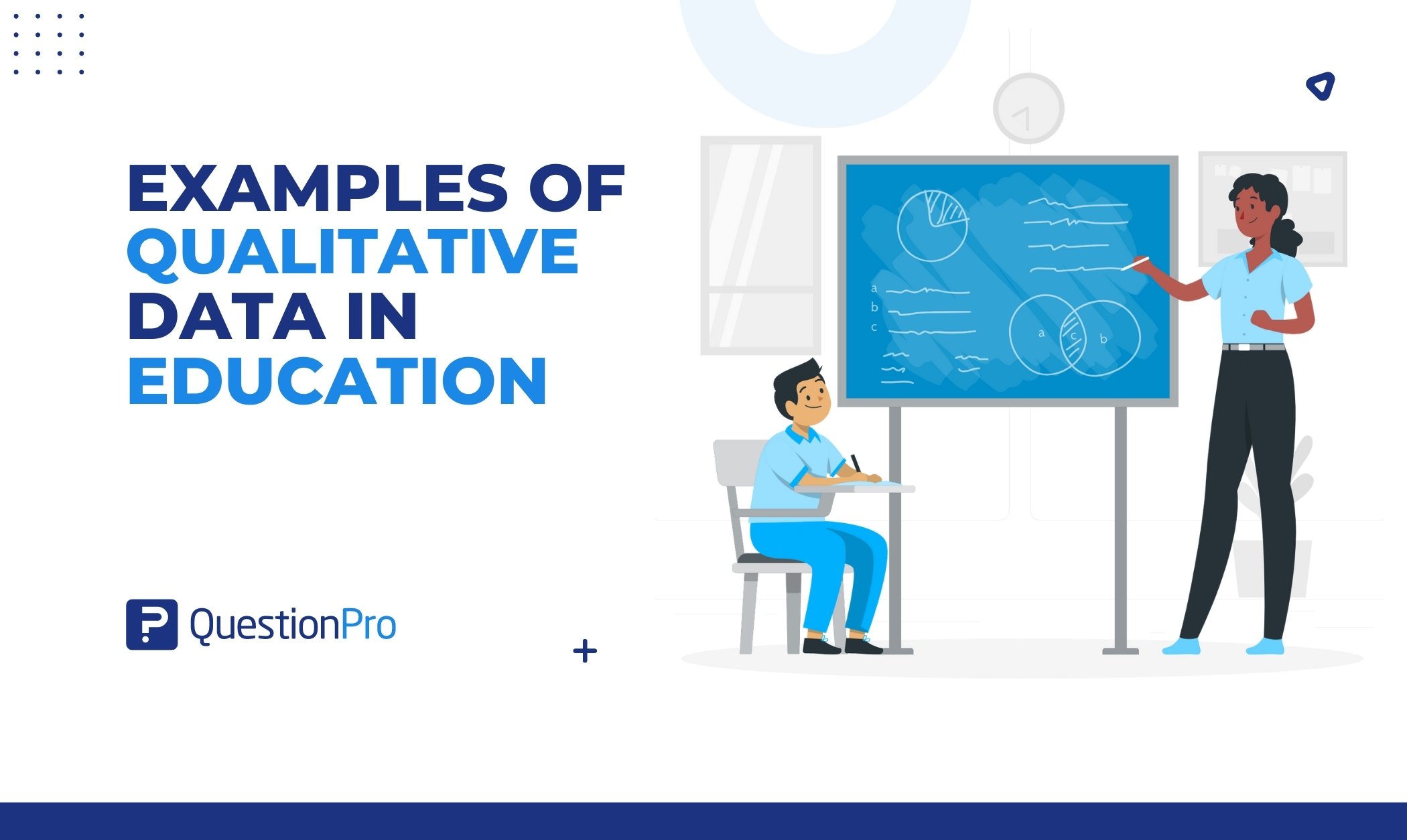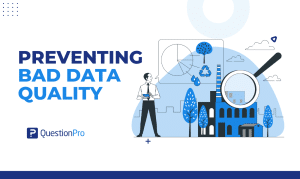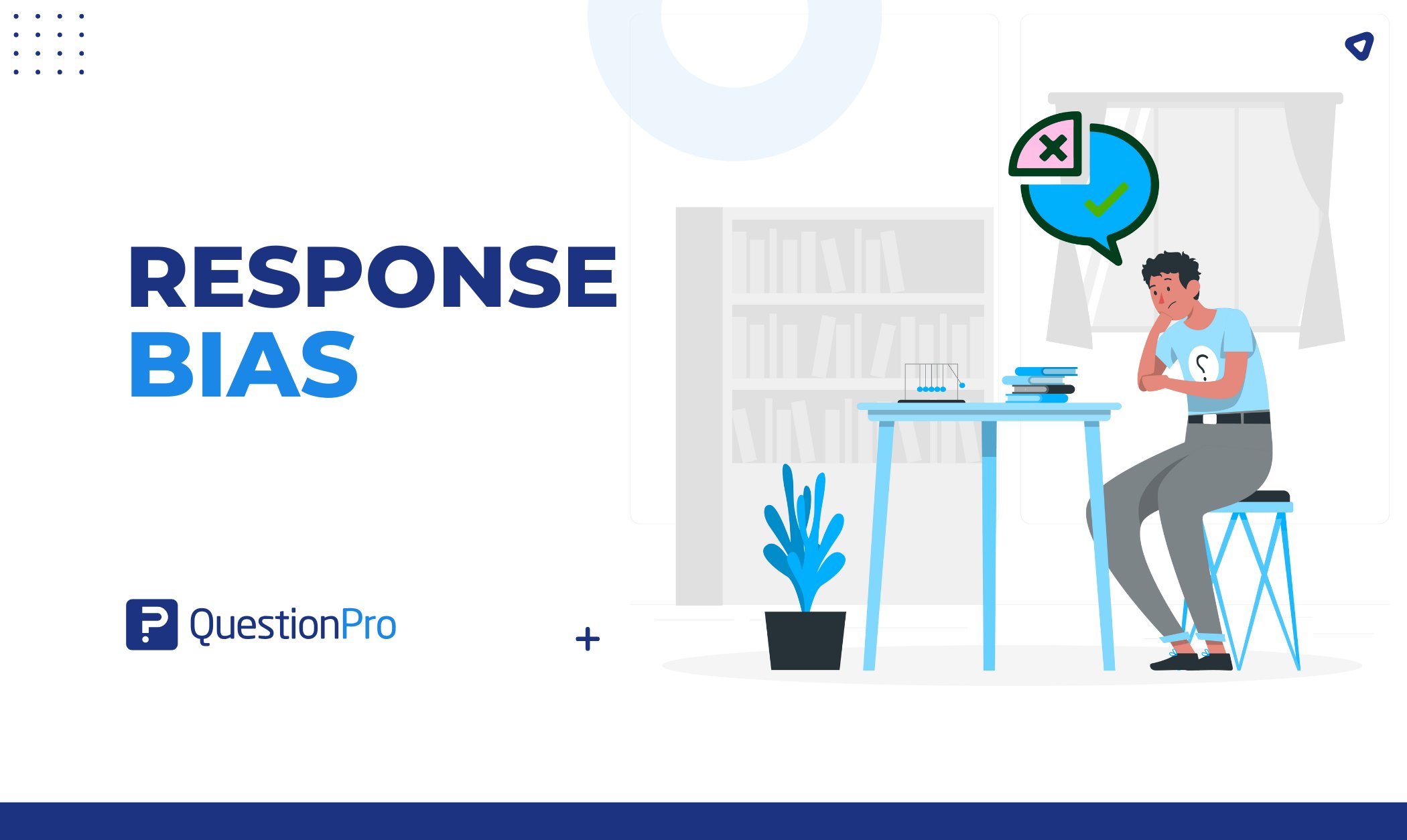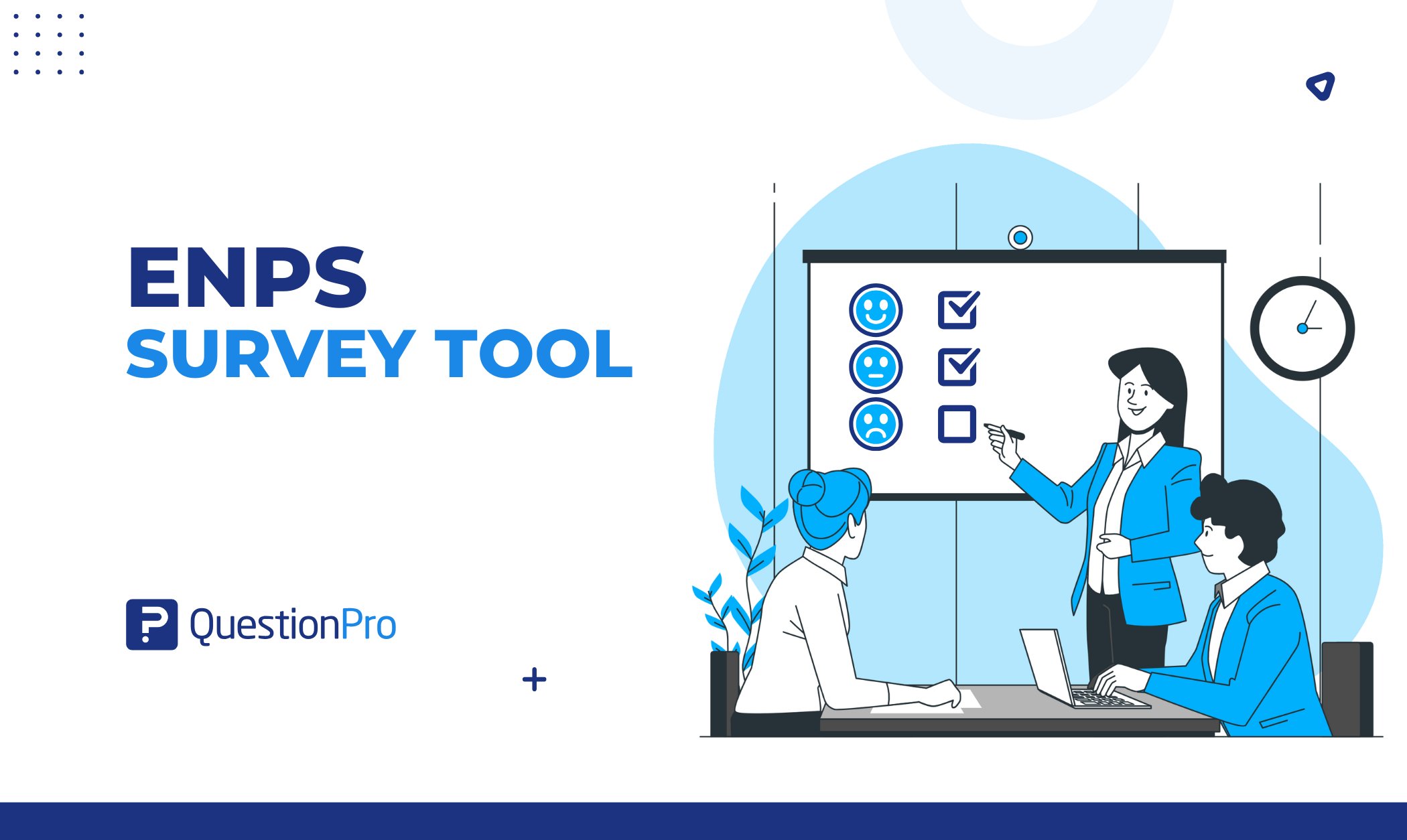
The phrase “Examples of Qualitative Data in Education” reveals rich and detailed knowledge in the field of education, where understanding fuels creativity and insights drive advancement. While quantitative data frequently grabs the spotlight, its qualitative counterpart is just as important for understanding how complicated learning environments work.
In this blog, we will delve into the significance of qualitative data in education and provide a range of examples showcasing its applications in fostering educational excellence.
What is qualitative data?
Qualitative data is a type of data that is open to interpretation and can be used in a variety of ways- both as a measure of quality and as the basis for analysis.
It describes the way things are and tells you why something is happening, rather than what is happening (for example, if a student isn’t doing well in math, qualitative data would tell you their reasons for this), rather than describing its characteristics or how much of it there is.
Qualitative data is not numerical and does not have a set meaning, which makes it difficult to analyze. Understanding how to use qualitative data collection in education effectively can be crucial for educational institutions.
LEARN ABOUT: Qualitative Interview
Using qualitative data in educational settings
Qualitative data provides insight into the learning experience that cannot always be expressed through numbers. It allows you to better understand how students learn by asking open-ended questions and listening carefully to their answers.
When you use qualitative data, you can investigate particular areas of concern for your organization and formulate action plans as needed. Also, qualitative data addresses a number of the shortcomings of quantitative research.
For instance, quantitative data can indicate that a particular school district’s test scores have outperformed those of other regional school districts but cannot explain why this is the case.
Examples of qualitative data in education
Here are some examples of qualitative data in education:
Field observations
Teachers and administrators could observe the classroom during different times of day, at different points during the year, or when a special event is happening.
Documentary research
School organizations can spend time looking closely at their current documents to learn more about students.
Focus groups
Conducting focus group discussions with students, teachers, or parents can provide qualitative insights into their perceptions, experiences, and opinions related to educational practices and policies.
Student portfolios
Reviewing student portfolios that showcase their work, assignments, and projects over time offers qualitative data on their progress, growth, and learning journey.
Peer review and feedback
Encouraging students to provide peer reviews and feedback on each other’s work generates qualitative data on their ability to critically assess and provide constructive input.
Learning diaries
Similar to journals, learning diaries encourage students to document their daily experiences, challenges, and triumphs, offering qualitative insights into their engagement and progress.
Parent-teacher conferences
Conversations during parent-teacher conferences provide qualitative data about a student’s strengths, weaknesses, and overall development from both home and school perspectives.
Online discussion forums
Analyzing interactions on online platforms where students and educators discuss topics related to coursework offers qualitative insights into their understanding, questions, and collaboration and is one of the best examples of qualitative data in education.
Classroom artifacts
Examining classroom artifacts like bulletin boards, student artwork, and project displays provides qualitative data on the learning environment, student creativity, and the integration of various subjects.
Audio and video recordings
Recording classroom discussions, presentations, or group activities captures qualitative data on communication skills, collaboration, and the depth of student understanding.
Student surveys with open-ended questions
Incorporating open-ended questions into student surveys enables them to express their thoughts, opinions, and suggestions in their own words, yielding qualitative data that complements quantitative results.
Teacher reflective journals
Teachers maintaining reflective journals about their teaching experiences, challenges, and innovative approaches generate qualitative data on professional growth and instructional strategies.
Student interviews
One-on-one interviews with students are one of the most common examples of qualitative data in education. It can provide qualitative insights into their learning experiences, interests, and motivations, helping educators tailor instruction to individual needs.
How can a survey tool help with qualitative data analysis in education?
A survey tool is a useful research tool that can help with qualitative data analysis in education. Qualitative data is best analyzed through close inspection and asking questions to understand the root causes of this phenomenology, but this is a time-consuming process.
A well-designed survey questionnaire can simplify the qualitative analysis by giving you insight into what most concerns your group and helping you to prioritize your responses.
Key steps to using a survey tool: In order to successfully use a survey tool, you’ll need to:
Define your goal
What are you trying to accomplish? If you don’t know where you want the findings of your Qualitative research project to lead, it will be difficult for people to provide feedback and difficult for you to analyze the results.
Choose your qualitative research method
What are your options? How will people be invited to give feedback, and where will this feedback come from? Identifying how participants/respondents/users will be asked about their experiences is an important first step.
Design survey questions
Craft thoughtful and relevant survey questions that align with your research goals. Ensure a mix of closed-ended questions to gather quantitative data and open-ended questions to gather qualitative insights.
Use clear and concise language to avoid ambiguity, and consider using skip logic or branching to tailor the survey experience based on participants’ responses. Well-designed questions will make the data analysis process smoother.
Distribute and collect responses
Utilize the survey tool to distribute the survey to your target audience, whether it’s students, teachers, parents, or administrators. You can use various distribution channels such as email, social media, or school websites.
Track the responses as they come in and monitor the data collection process. Keep the survey open for an appropriate amount of time to ensure a diverse range of responses.
Analyze qualitative data
Once you’ve collected a sufficient number of responses, begin the qualitative data analysis process. Start by categorizing and coding open-ended responses. Look for recurring themes, patterns, and trends within the qualitative data.
You can use tools like thematic analysis to identify key themes that emerge from participants’ responses. Software like NVivo or even Excel can help organize and analyze qualitative data effectively.
Triangulate with quantitative data
If your survey included closed-ended questions with quantitative responses (e.g., Likert scales), you can enrich your analysis by comparing qualitative insights with quantitative data. This triangulation can provide a more comprehensive understanding of the research topic.
For example, if participants express negative sentiments about a particular aspect of education, you can cross-reference this sentiment with the corresponding quantitative rating to see if there’s a correlation.
LEARN ABOUT: Steps in Qualitative Research
Methods to analyze qualitative data
Qualitative research methods form the cornerstone of understanding human experiences, utilizing an array of data collection methods to delve into the nuances of perspectives. From interviews and focus groups to ethnographic studies and content analysis, these qualitative methods harmonize to reveal the intricate tapestry of human narratives.
Now, we will unveil how these methods converge, creating a symphony of insights that deepen our comprehension of the human condition.
Content analysis
The content of the data is analyzed by scrutinizing and interpreting texts, pictures, video, audio, and other materials. This involves looking at the words in a document, for example, and deciding their meaning.
Grounded theory
To create a grounded theory, you study what is happening in a particular situation and try to formulate a theory about why it happens. This process often begins with an initial assumption or question, which will be tested out over time. For example: “How do we know when this analysis process is finished?”
Phenomenology
Phenomenology looks at experiences from the perspective of those who experience them. It tries to understand what these experiences mean to people rather than the events themselves. This is relevant for understanding students’ learning experiences in an educational setting.
Framework analysis
Framework analysis is a conversation with participants and then using the content of that discussion to analyze the data. It could involve asking individuals, “What was the knowledge you gained from this project?” and then anonymizing their answers in order to avoid starting your article with personal stories.
Discourse analysis
Discourse analysis looks at how individuals use language and what the implications of those uses are. This can be helpful in a classroom setting where students use their voices to express themselves about their learning process within the walls of academia.
Interpretative phenomenological analysis
Interpretive phenomenological analysis (IPA) helps you understand that qualitative data is a type of open-ended and interpretable data that can be used in various ways. Whether you’re trying to learn more about your customer’s experiences or the educational process, qualitative analysis will help get insights into what’s important for your project.
Learn more about academic surveys here
Learn more about academic research services for students here
Conclusion
Qualitative data in education is a treasure trove of insights that empowers educators and administrators to create holistic learning experiences.
By leveraging methods such as interviews, observations, and reflections, educational institutions can gain a deeper understanding of student needs, teaching strategies, and program effectiveness. The fusion of quantitative and qualitative data enriches decision-making processes and paves the way for continuous improvement in education.
If you want help analyzing the qualitative aspects of your research projects, we’re here to provide assistance with our survey tool! Let us know if there are any other information needs, and we’ll work on providing an answer as soon as possible.







![[CX]-TCXT-closing-the-loop](https://www.questionpro.com/blog/wp-content/uploads/2025/06/CX-TCXT-closing-the-loop.jpg)